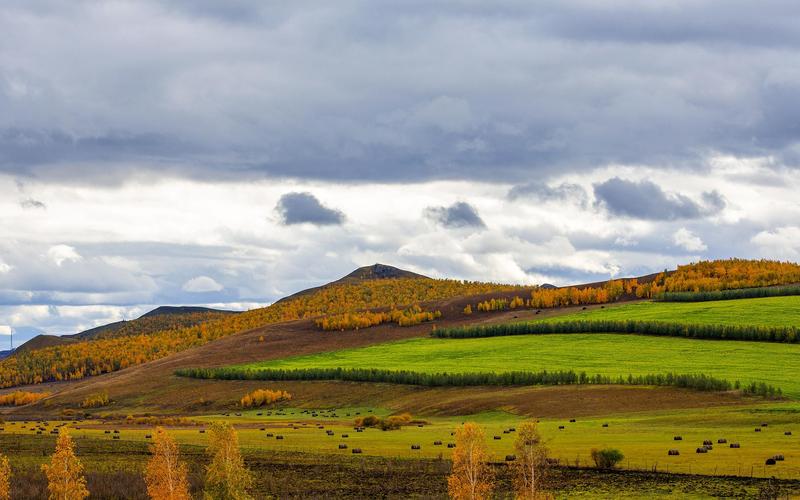Discovering Yukon’s Cultural Diversity: A Journey of Exploring Traditions and Customs
Yukon is one of Canada’s most remote regions, known for its breathtaking landscapes and outdoor adventures. However, there is so much more to Yukon than meets the eye. The territory is home to a rich cultural history, shaped by Indigenous traditions and a diverse community of immigrants who have made Yukon their home over the years. In this article, we will explore the cultural diversity of Yukon and take a journey of discovering its traditions and customs.
Indigenous Traditions and Customs in Yukon
Yukon has a deep-rooted Indigenous history, with many First Nations communities still residing in the region today. The First Nations people of Yukon have their own unique cultures, languages, and traditions that have been passed down through generations. Some of the prominent Indigenous cultures in Yukon include the Kaska, Tlingit, and Tagish.
One of the most recognizable Indigenous customs in Yukon is the powwow, which is an annual event that celebrates Indigenous culture through dance, music, and storytelling. Powwows are an opportunity for Indigenous communities to come together and share their cultures with one another and with non-Indigenous visitors.
Another important aspect of Indigenous traditions in Yukon is their connection to the land. The relationship between Indigenous people and the natural environment is deeply rooted in their traditions and customs. Many Indigenous communities in Yukon still practice subsistence hunting and fishing, as well as gathering traditional medicines and berries from the land.
Immigrant Communities in Yukon
In addition to its Indigenous population, Yukon is also home to many immigrants who have made the region their home. The cultural diversity of these communities is a significant contributor to the region’s cultural landscape, and it has helped shape the traditions and customs of Yukon over the years.
One of the most notable immigrant communities in Yukon is the Filipino community, which is one of the largest immigrant communities in the territory. The Filipino community has brought its own unique customs and traditions to Yukon, including the celebration of Christmas, which is a significant holiday in the Philippines. Another immigrant community that has had an impact on Yukon’s culture is the Chinese community, which has brought its own customs and traditions related to food, language, and culture.
Conclusion
In summary, Yukon’s cultural diversity is one of its most significant assets. The territory’s Indigenous traditions and customs and its diverse community of immigrants have helped shape Yukon’s cultural landscape and make it the unique place that it is today. Whether it’s experiencing the powwow celebrations, exploring the land with Indigenous guides, or enjoying the tastes and sounds of immigrant communities, there are countless ways to discover and embrace the cultural diversity of Yukon.
(Note: Do you have knowledge or insights to share? Unlock new opportunities and expand your reach by joining our authors team. Click Registration to join us and share your expertise with our readers.)
Speech tips:
Please note that any statements involving politics will not be approved.
